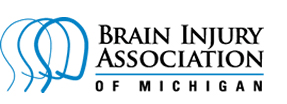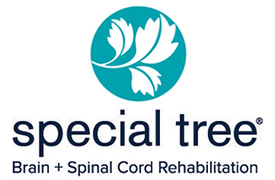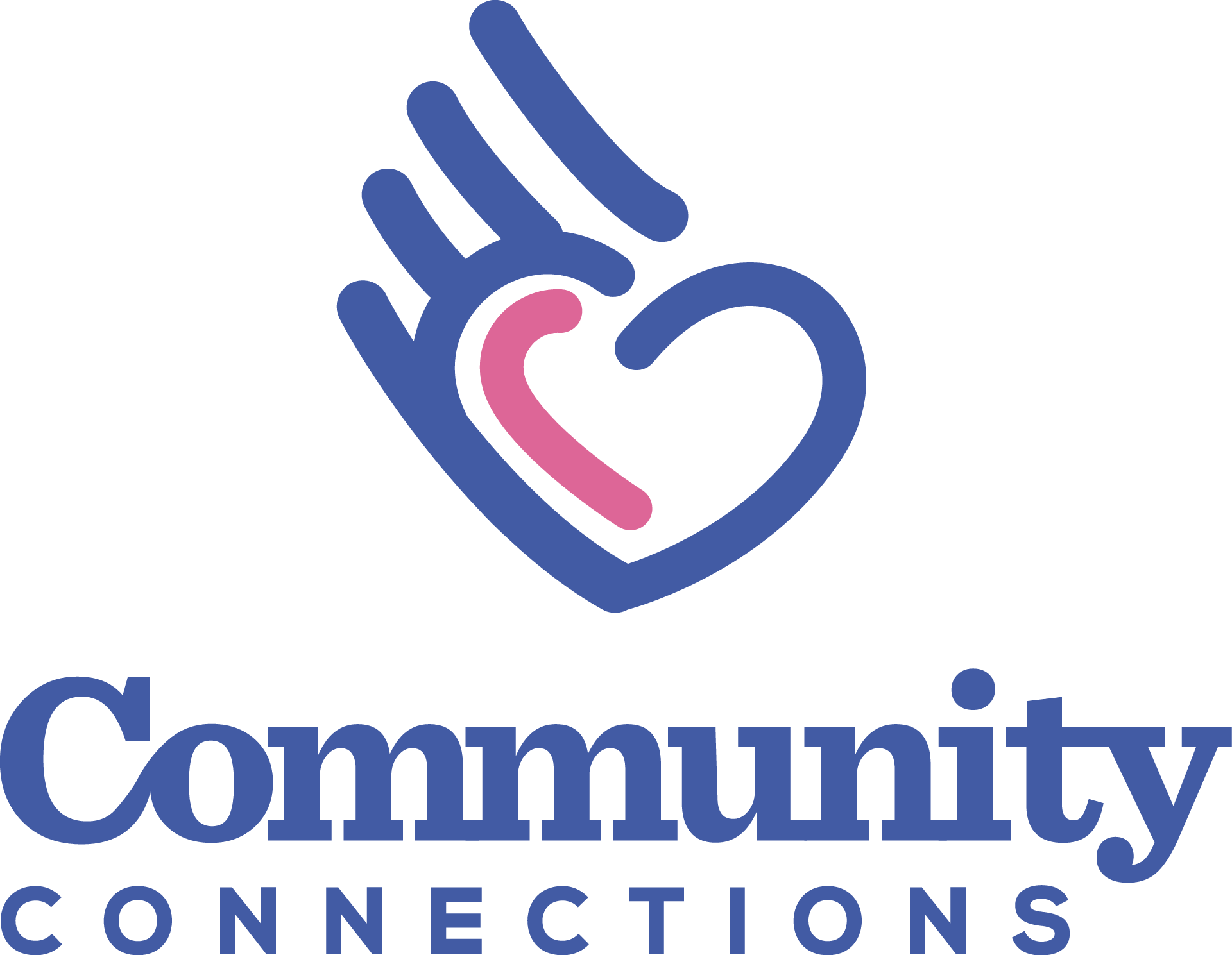Current Research
The Brain Injury Association of Michigan is excited to be collaborating with the University of Michigan’s Concussion Center, the University of Michigan Injury Prevention Center, the Michigan Institute For Clinical & Health Research, and the National Association of State Head Injury Administrators on two grants aimed at enhancing the prevention, education and awareness of concussions throughout the state of Michigan.
If you would like to take part in a survey contributing to this initiative, please contact us at 810-229-5880 or email nshotwell@biami.org
On Site Athletic Concussion Assessment
Various tools and techniques have been developed and proposed for evaluating athletes immediately after receiving a blow to the head or helmet. These range from asking the athlete simple questions (“where are we?”, “who are we playing today?”, “what’s the score?”), to visual/cognitive task tests (King-Devick), balance tests, and, among others, to the significantly more complex Sports Concussion Assessment Tool – 6th Edition (SCAT6), made up of various parts including:
- Symptom Evaluation
- Cognitive Assessment
- Coordination and Balance Examination
- Screening for Injuries More Severe than Concussion
One of the key advantages of SCAT6 is its standardized method for assessing concussions. This improves the precision and consistency of concussion evaluations, allowing for better-informed decisions about an athlete’s health. Additionally, SCAT6 helps streamline communication between healthcare professionals, coaches, and athletes.
Because the cognitive and physical abilities of individuals vary widely, any so-called “sideline test” will be more predictive when the athlete has taken the test prior to the injury – for example, when pre-season workouts begin — to establish a baseline measure of performance. A number of high school, collegiate, and professional teams already require baseline testing and that number is expected to grow.














